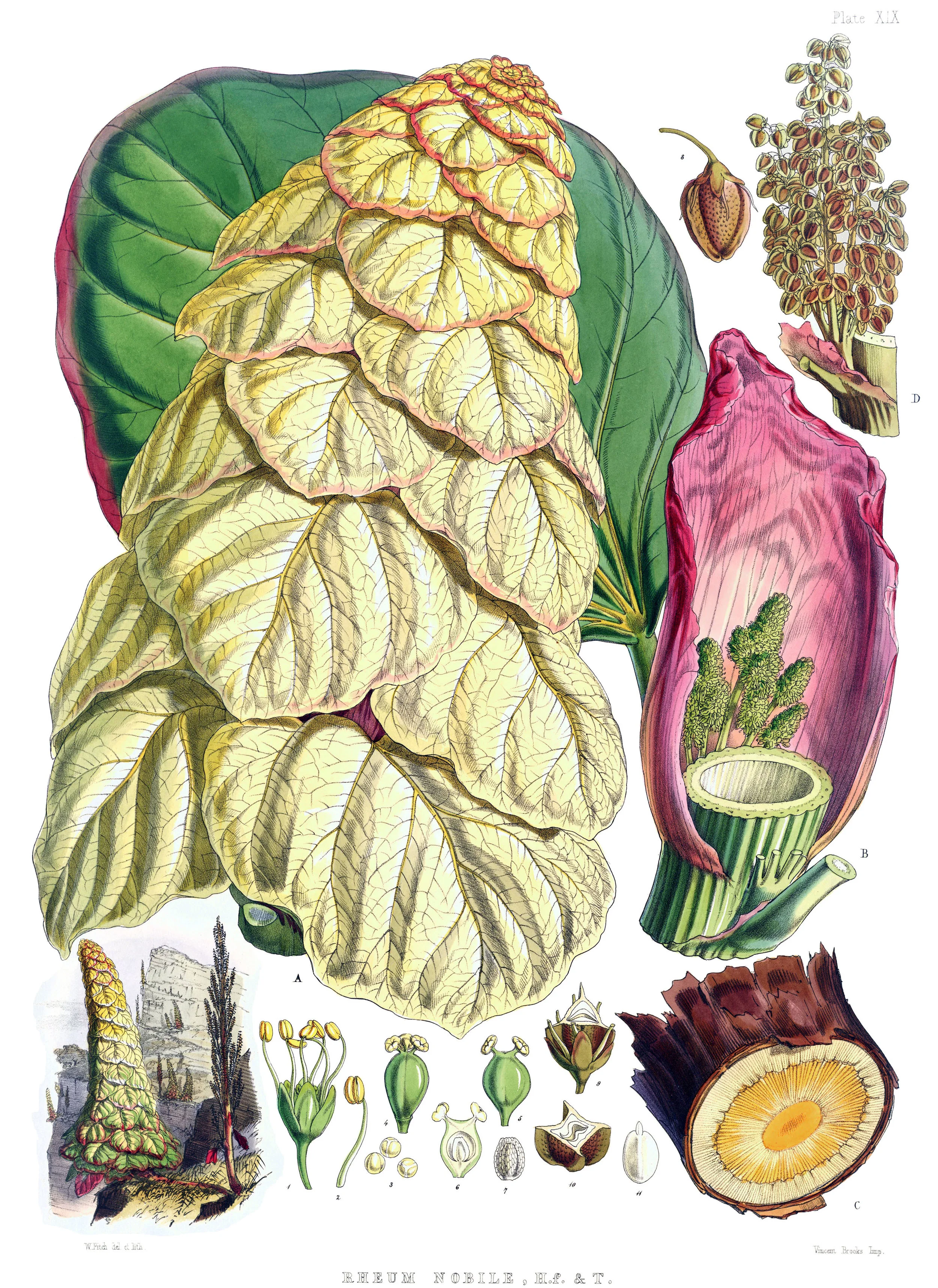Alpine and tundra zones are harsh habitats for any organism. Favorable conditions are fleeting and nasty weather can crop up in the blink of an eye. Whereas animals in these habitats can take cover, plants don't have that luxury. They are stuck in place and have to deal with whatever comes their way. Despite these challenges, myriad plant species have adapted to these conditions and thrive where other plants would perish. The intense selection pressures of these habitats have led to some fascinating evolutionary adaptations, especially when it comes to reproduction.
Take, for instance, the Arctic gentian (Gentianodes algida). This lovely plant can be found growing in alpine and tundra habitats in both North America and Asia. Like most plants of these habitats, the Arctic gentian has a low growth habit, forming a dense cluster of fleshy, narrow leaves that hug the ground. This protects the plant from blustering winds and extreme cold. From late July until early September, when the short growing season is nearly over, this wonderful plant comes into bloom.
Clusters of white and blue speckled flowers are borne on short stems and, unlike other angiosperms that readily self-pollinate under harsh conditions, the Arctic gentian requires outcrossing to set seed. This can be troublesome. As you can imagine, pollinators can be in short supply in these habitats. What's more, with conditions changing on a dime, the flowers must be able to cope with whatever comes their way. The Arctic gentian is not helpless though. It has an interesting adaptation to these habitats and it involves movement.
Only a handful of plant species are known for their ability to move their various organs with relative rapidity. This gentian probably doesn't make that list very often. However, it probably should as its flowers are capable of responding to changes in weather by closing up shop. It is not alone in this behavior. Plenty of plant species will close their flowers on cold, dreary days. What is so special about the Arctic gentian is that it seems especially attuned to the weather. Within minutes of an incoming thunderstorm (a daily occurrence in the Rockies, for example) the Arctic gentian will close up its flowers. This is done via changes in turgor pressure within the cells. But what is the signal that cues this gentian in that a storm is fast approaching?
Researchers have investigated multiple stimuli in search of the answer. Plants don't seem to respond to changes in sunlight, wind, or humidity. Instead, temperature seemed to be the only signal capable of eliciting this response. When temperatures suddenly drop, the flowers will begin to close. Only when the temperature begins to rise will the flowers reopen. These movements are quite rapid too. Flowers will close completely within 6 - 10 minutes of a rapid decease in temperature. The reverse takes a bit longer, with most flowers needing 25 - 40 minutes to reopen.
So, why does the plant go through the trouble of closing up shop? It all has to do with sexual reproduction in these harsh conditions. Because this species doesn't self, pollen is at a premium. The plant simply can't afford the risk of rain washing it all away. The tightly closed flowers prevent that from happening. Also, wet flowers have been shown to discourage pollinators, even when favorable weather returns. Aside from interfering with pollen, rain also dilutes nectar, reducing its energy content and thus reducing the reward for any bee that would potentially visit the flower.
Being able to rapidly respond in changes in weather is important in these volatile habitats. Plants must be able to cope otherwise they risk extirpation. By closing up its flowers during inclement weather, the Arctic gentian is able to protect its vital reproductive resources.
Photo Credits: [1]
Further Reading: [1]
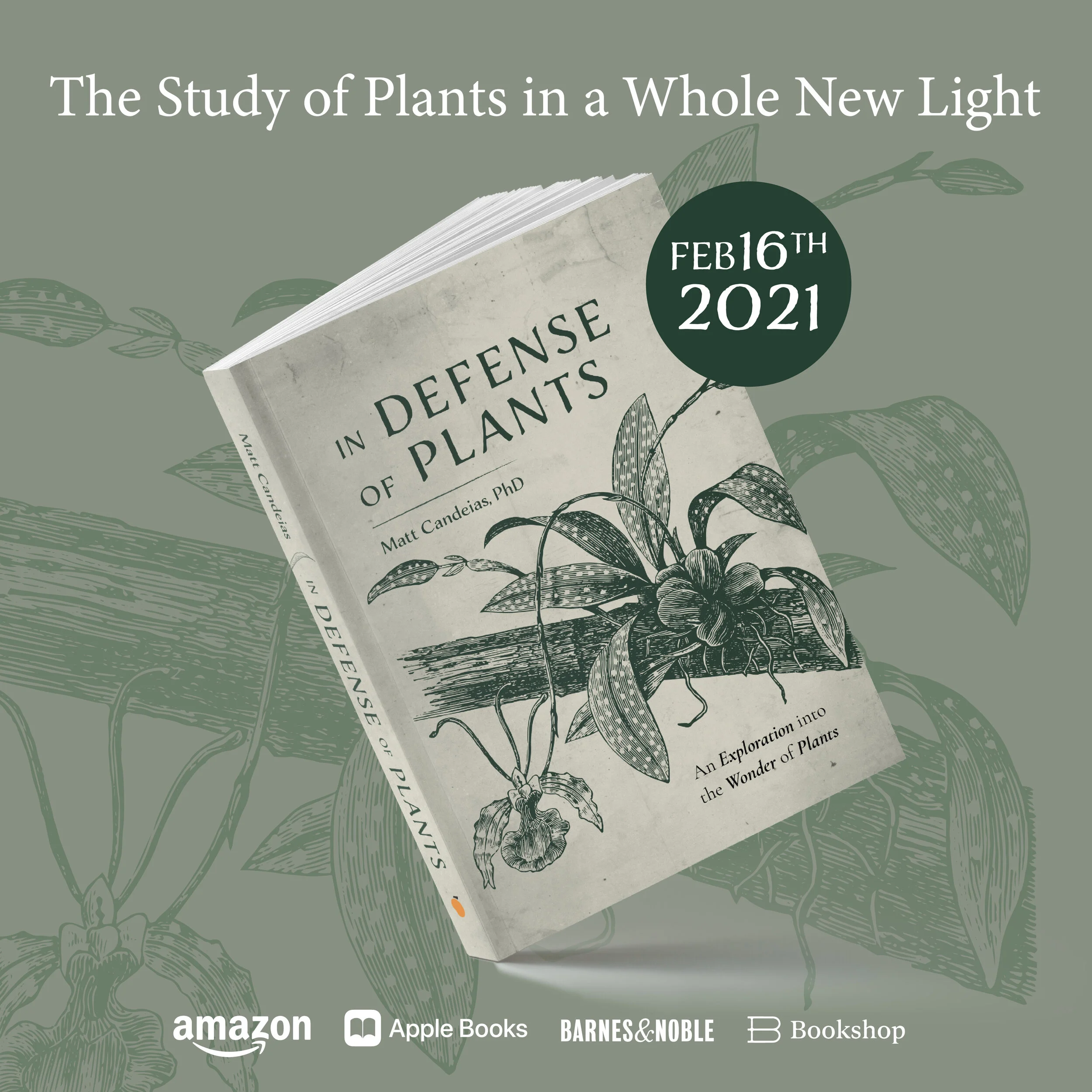
![[Source]](https://images.squarespace-cdn.com/content/v1/544591e6e4b0135285aeb5b6/1614349162208-KK6RR3PXF0XX704I2KX2/1-s2.0-S0960982220316559-fx1.jpg)



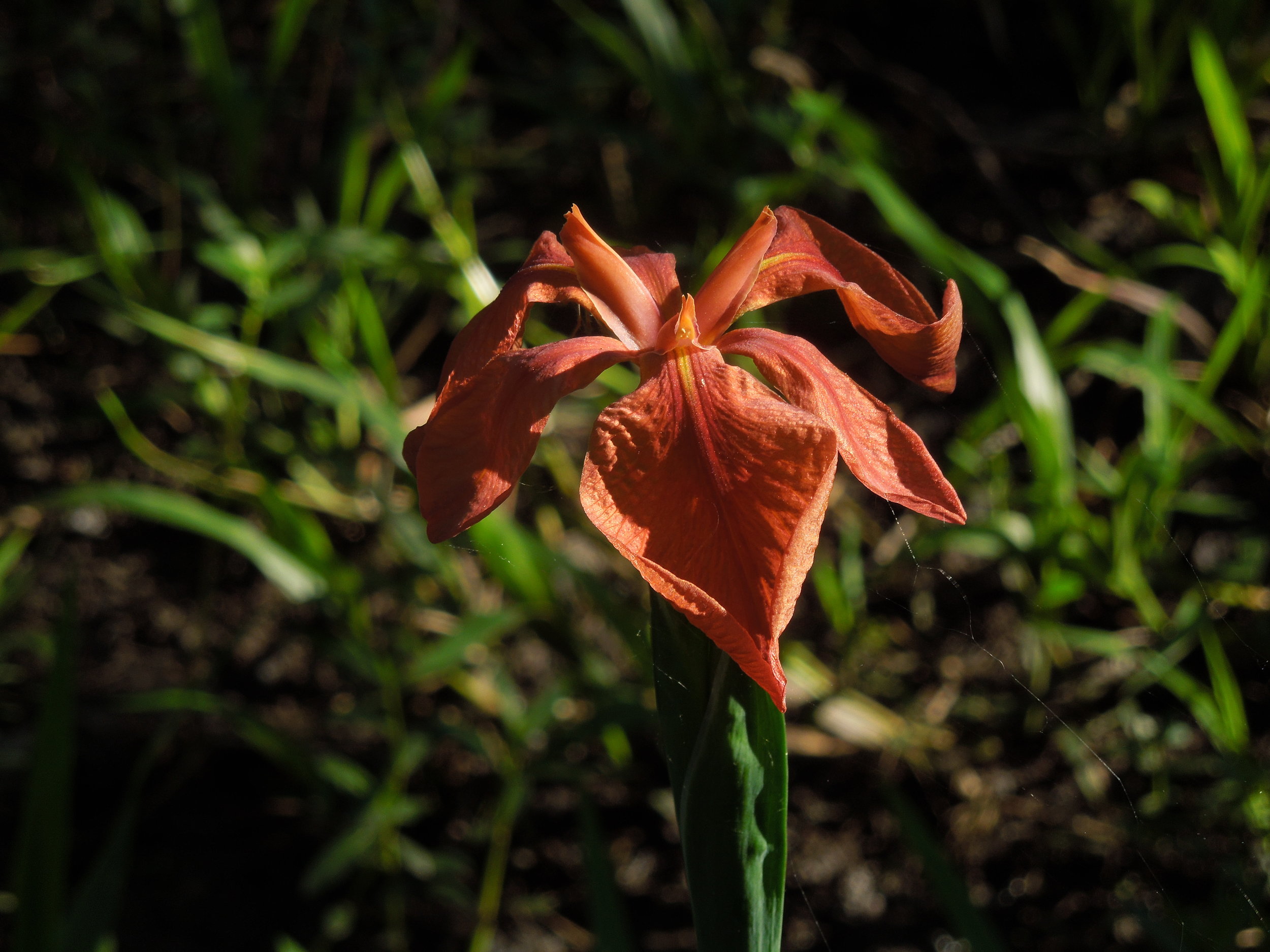

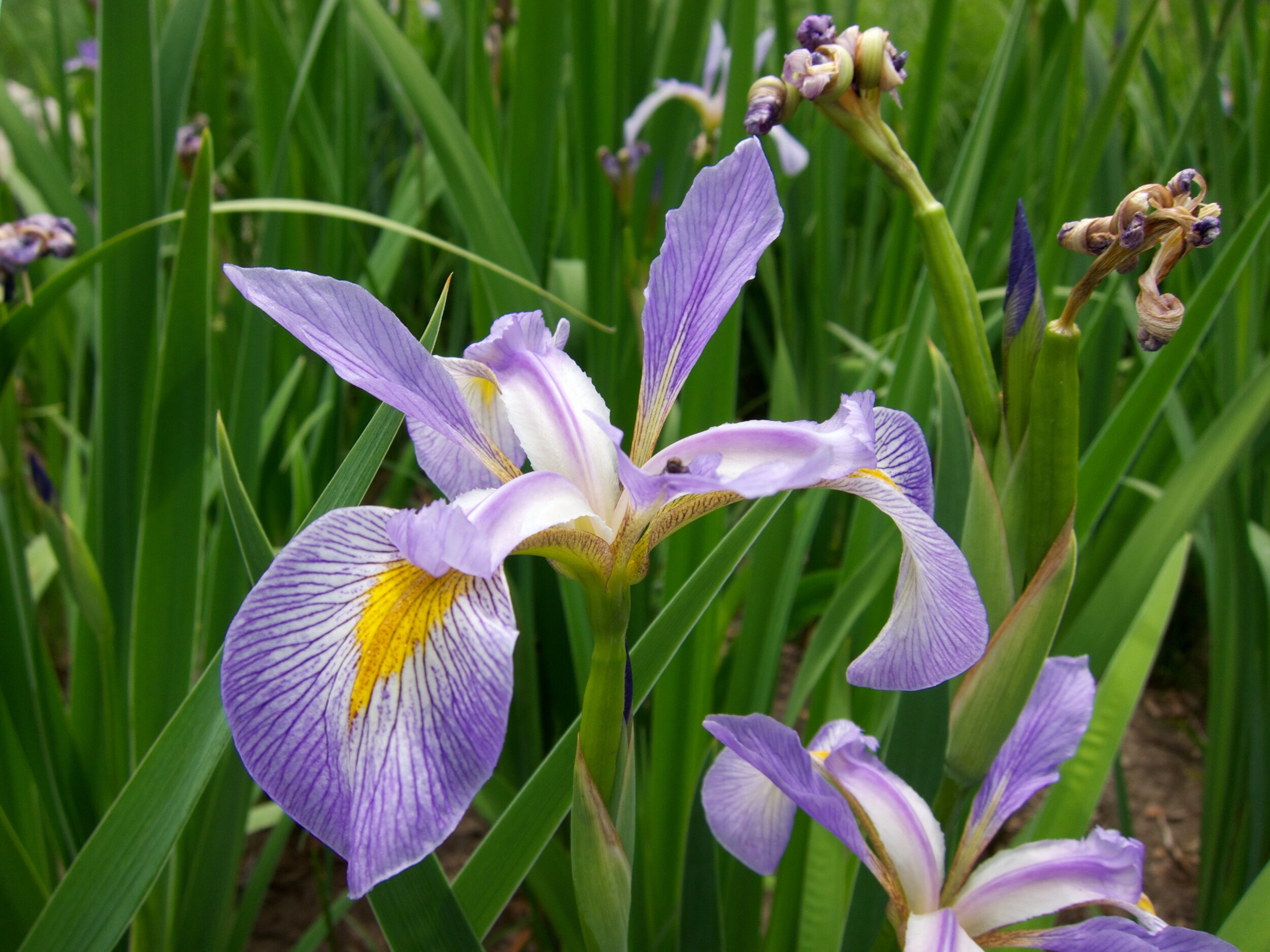

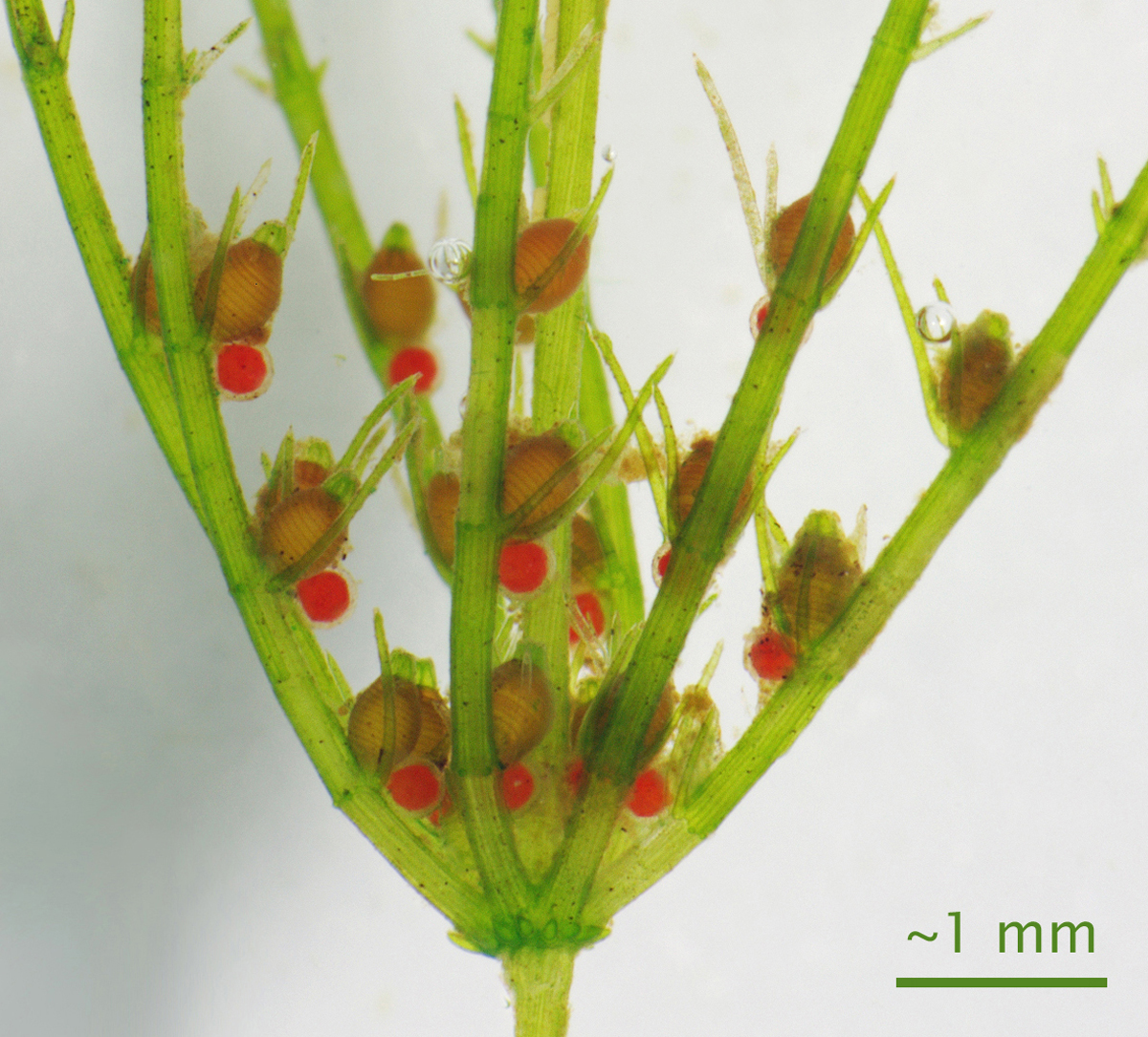
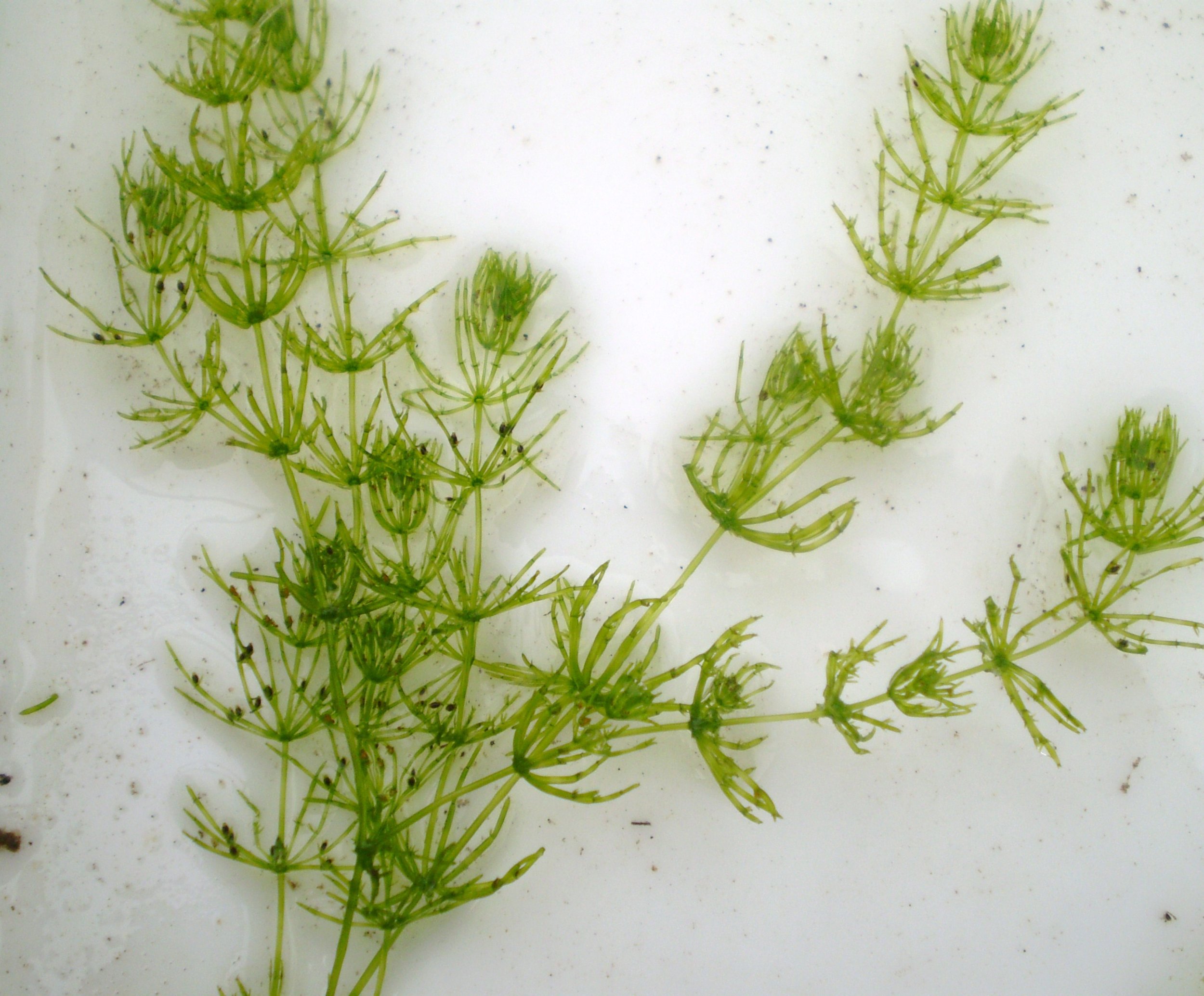
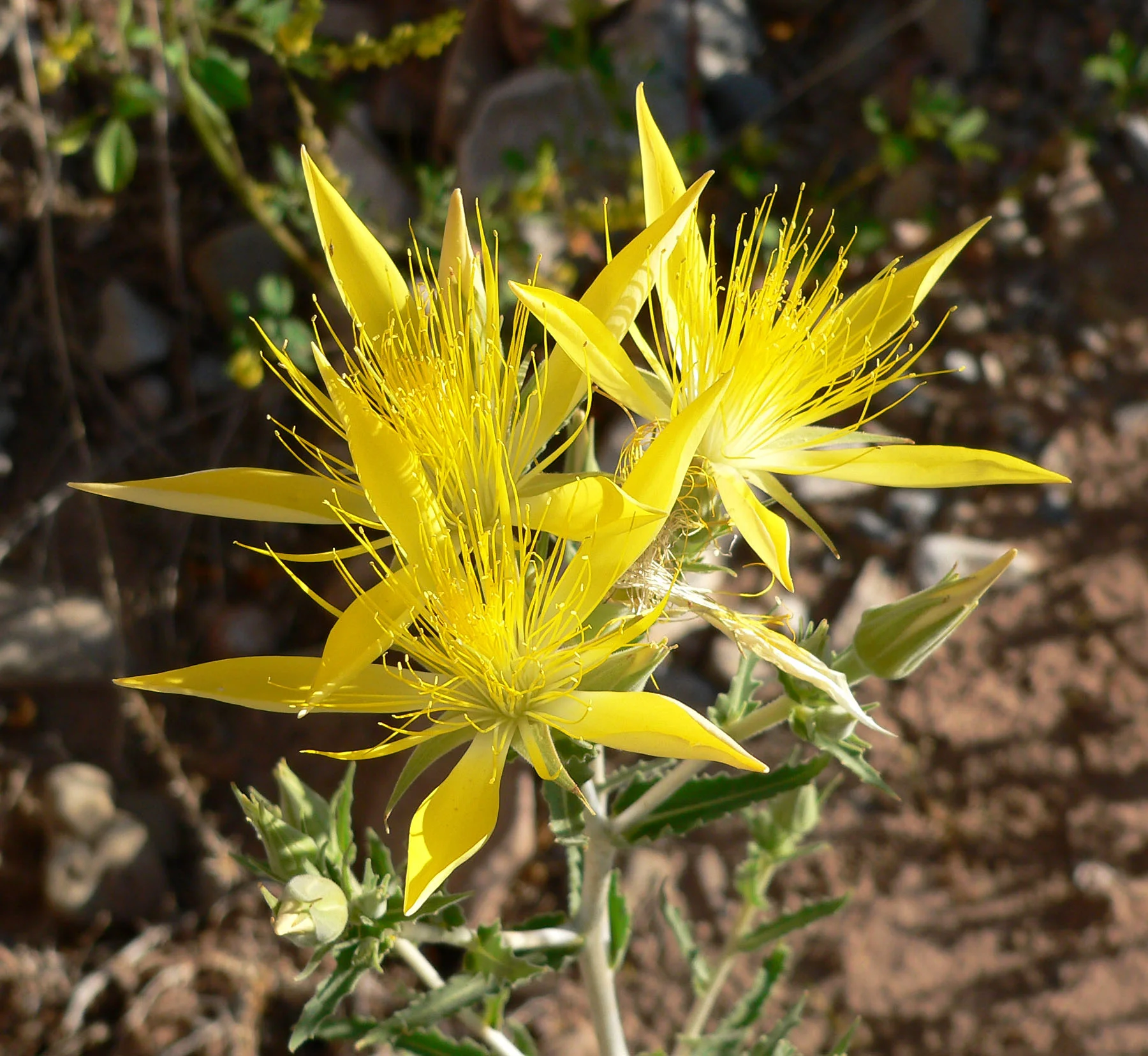

![Mentzelia phylogeny showing reduction in seed wings. [source]](https://images.squarespace-cdn.com/content/v1/544591e6e4b0135285aeb5b6/1517881654366-84BORS8KUYHRY6IUK9DQ/ajb21811-fig-0002.png)


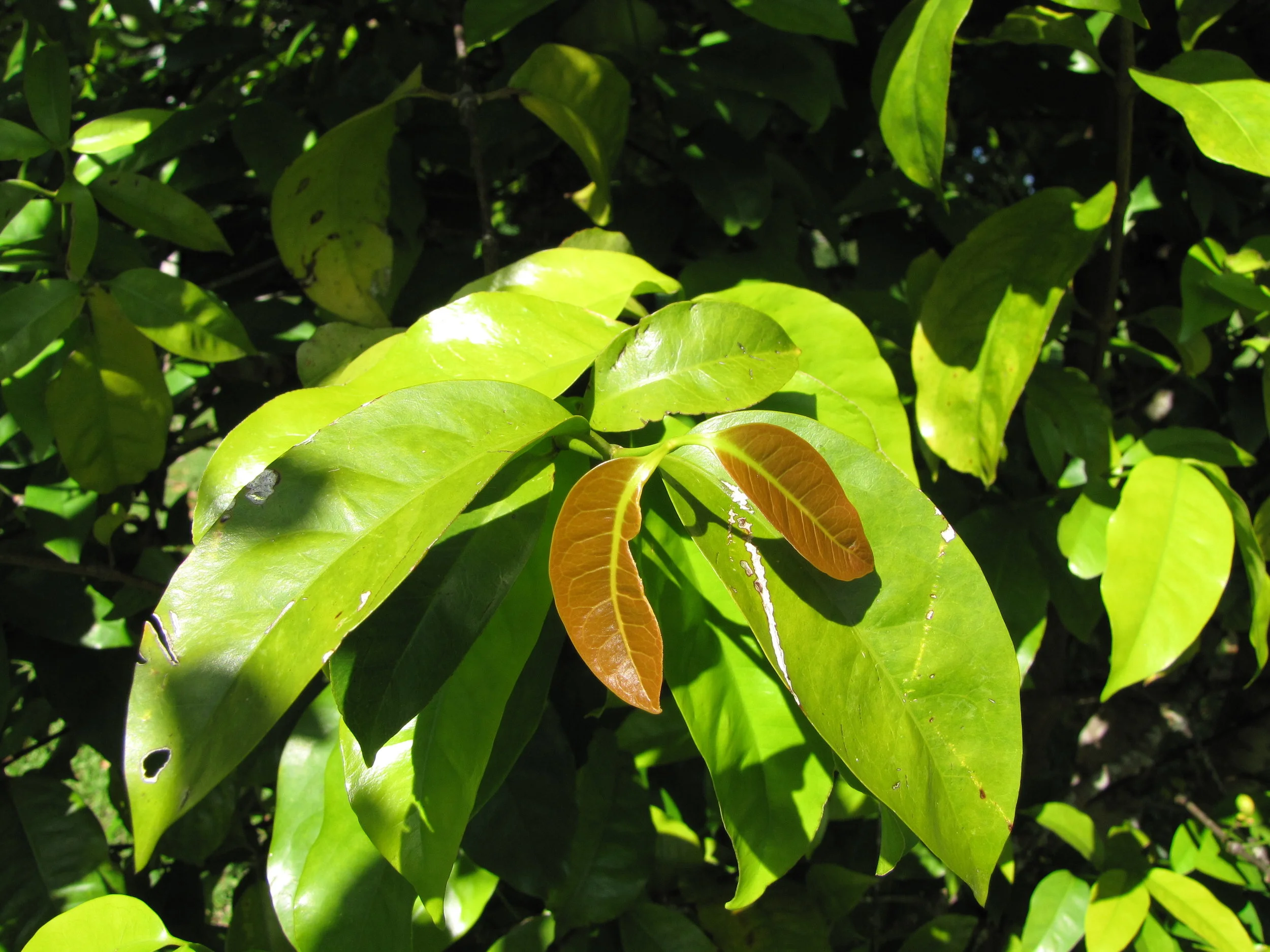





![A) Section of the fossil rhizome. B-J) Exquisitely preserve cellular details [SOURCE]](https://images.squarespace-cdn.com/content/v1/544591e6e4b0135285aeb5b6/1496194937862-W7T6QUQJO62LM6E38UBP/image-asset.jpeg)

![Howea belmoreana and Howea forsteriana [SOURCE]](https://images.squarespace-cdn.com/content/v1/544591e6e4b0135285aeb5b6/1493668069898-57NESX2V52YKJ81V4I12/nature04566-f1.2.jpg)









![[SOURCE]](https://images.squarespace-cdn.com/content/v1/544591e6e4b0135285aeb5b6/1542743921199-1RXQQYMY65FQF31CBRTH/en_2163.jpg)
